- B-Stock Polish Pottery – Sorted & Unique
- Bowls
- Butter Dishes
- Mugs
- More
- Plates

- Jars

- Outlet

- Polish Pottery Platters – Wide Selection of Shapes & Sizes

- Jugs & Pitchers – Wine, Water, Juice, Milk – Polish Pottery
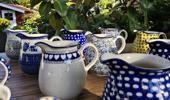
- Wintry

- Decoration
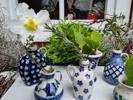
- Teapots & Coffee Pots in Bolesławiec Polish Pottery

- Artists

- Faith – Christianity – Polish Pottery

- 1000 and a cup
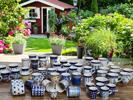
- Custom made

- Exclusive Polish Pottery

- Gift Voucher for Polish Pottery – Give Handcrafted Quality

- Over 4600 Polish Pottery Patterns

- Unique pieces Polish pottery

- Polish Pottery Sets & Second Choice – Beauty at a Great Price

- Saucier – Cooking with Polish Stoneware

- Soup Kitchen – Polish Pottery

- Complete service

- Exhibition Room
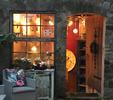
- Bathroom & WC – Polish Pottery by Ceramika Artystyczna

- Pizza Baking – Polish Pottery

- Vases in Polish Pottery – Ceramika Artystyczna
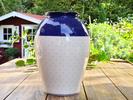
- Chef Pâtissier – Sweet and Savoury – in, on and with Polish Pottery

- Garde-Manger – Cooking with Polish Pottery Tableware

- Plongeur – Cleaning Polish Pottery Tableware

- Rôtisseur – Cooking with Polish Pottery

- Polish Pottery Sets at Discount Prices

- For the Danish Kitchen – Ceramic Tableware
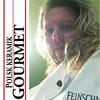
- Grillardin – Grilling, Smoking & Barbecue with Polish Pottery

- Bulk Discount – Save on Polish Pottery
- Customer Service & FAQs – Polish Pottery
- Sweet Dreams

- For the German Kitchen – Polish Pottery Tableware

- The History of Polish Pottery
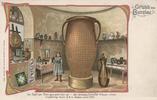
- For the Polish Kitchen – Polish Pottery

- For the Spanish Kitchen – Polish Pottery

- Ceramika Artystyczna - The Queen of Polish Pottery Ceramics

- Dishes for lovers
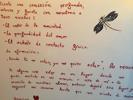
- Polish pottery gallery

- Sustainability

- Polish Ceramics from Ceramika Manufaktura

- Breakage-Free Guarantee – Safe Delivery of Your Polish Pottery
- Polish Pottery – Safe, Food-Safe & Everyday-Ready
- Reorder Guarantee – Your design available for many years
- Cookbook – Recipes and Cooking with Polish Pottery by Gourmet Chef Christian Kindervater
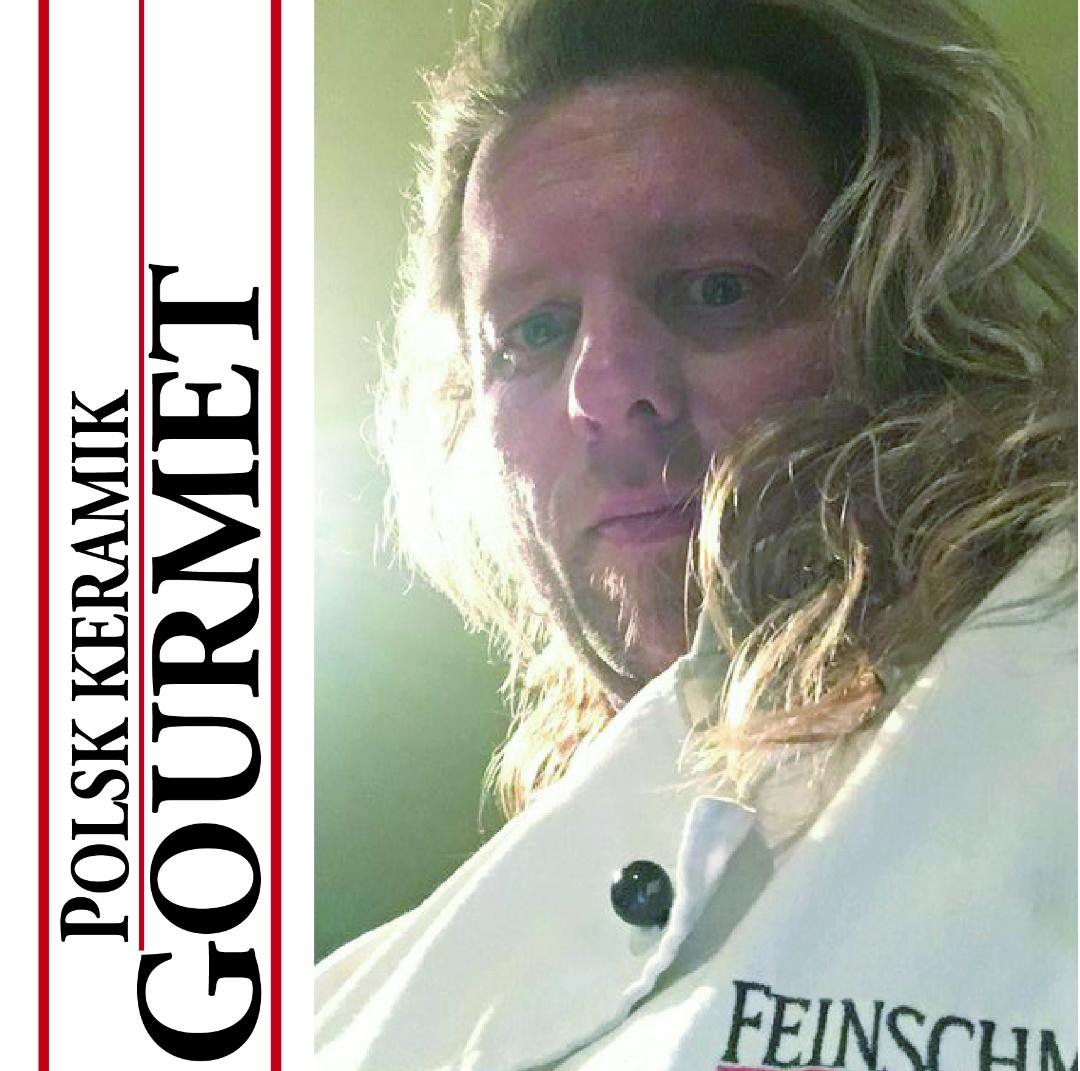
- Special Shipping Requests

- Gift Wrapping – Polish Pottery

- Trusted Shops Buyer Protection – Excellent Shop – Certified for 17 years (since 15/05/2008) – Bunzlauergrosshandel.de

- Plates
Authentic Beer Enjoyment in Polish Tableware Ceramics
This beer stein made of Polish tableware ceramics by Ceramika Artystyczna isn’t just a drinking vessel – it’s a sensory experience. Each stein is handcrafted, glazed, and lovingly hand-painted using traditional Polish patterns that have stood the test of time.
Specifications:
Height: 15.5 cm
Volume (to the rim): 1130 ml
Weight: approx. 650 g
Base diameter: 10 cm
Top opening diameter: 8.5 cm
Width without handle: approx. 11 cm
Width with handle: approx. 14.5 cm
The thick-walled stoneware keeps your beer colder for longer and is dishwasher safe – perfect for both indoor comfort and outdoor relaxation.
A Beer Moment with All the Senses
Imagine a warm summer evening. You’re sitting comfortably in the garden. You reach for your beer stein. The cold, smooth surface of the Polish tableware ceramics rests in your hand. You see the foam rise, smell the notes of malt and hops, and in that instant, everything slows down. You take a sip – the beer is fresh, full-bodied, and clear. You taste, you feel, you breathe. You swallow – slowly, consciously – and smile with quiet gratitude. This is more than a drink. It’s a moment of presence.
Why Choose Polish Tableware Ceramics?
Artisan Tradition: Each piece is hand-painted and one of a kind.
Durable Quality: Thick, fired stoneware made to last.
Easy Care: Dishwasher safe and food safe.
Timeless Style: Traditional patterns with modern appeal.
Sustainable Choice: Made from natural materials, produced in Europe.
A Polish tableware ceramic beer stein is more than just a mug – it’s a companion to your calmest, most flavorful moments. Raise your glass and enjoy it fully.
Polish Ceramic Beer Mug – Handmade by Ceramika Artystyczna
Discover the classic beer mug in Polish ceramics, handcrafted by Ceramika Artystyczna. With a height of 15 cm and a capacity of 500 ml (plus foam), this mug is the perfect companion for any beer. The artistic decoration and high-quality ceramics not only give the mug a unique aesthetic appeal but also ensure durability and functionality. Whether for daily use or as a special gift for beer enthusiasts, this beer mug is sure to become a highlight in your home. Handmade in Poland, it represents traditional craftsmanship and unique design.
Beer as a Beverage – Types, Brewing, Consumption and Significance
1. Difference Between Organic and Conventional Beer
Organic beer is brewed exclusively using certified organic ingredients. This includes malt and hops grown without synthetic pesticides, artificial fertilizers, or GMOs. Organic breweries often emphasize sustainable energy use, eco-friendly packaging, and stricter environmental standards.
In contrast, conventional beer may use industrially produced ingredients and processing aids (e.g., clarifiers) that are not permitted in organic production. Organic beer often has a richer, more natural flavor profile, reflecting the raw ingredients' purity.
2. Beer Varieties – A Wide Range of Styles
Beer is broadly categorized into top-fermented and bottom-fermented types:
Top-fermented beers (e.g., wheat beer, ale, Kölsch): Ferment at 15–22 °C; often fruity and aromatic
Bottom-fermented beers (e.g., pilsner, lager, bock): Ferment at 5–10 °C; crisp, clean, and often more bitter
Popular beer styles include:
Stout/Porter – dark, roasted, with chocolate or coffee notes
IPA (India Pale Ale) – strong hop bitterness, floral/fruity aroma
Bock – malty, strong, slightly sweet
Sour ales – tart and refreshing, often with fruity notes
3. How to Brew Beer – Simplified Overview
Ingredients: Water, malted barley, hops, yeast
Crushing: Malted grain is milled
Mashing: Mixed with warm water to convert starches into sugars
Lautering: The sweet liquid (wort) is separated from the spent grain
Boiling: Wort is boiled and hops are added for bitterness and aroma
Cooling & Fermentation: Wort is cooled and yeast is added
Maturation: Beer is aged to develop flavor and carbonation
Packaging: Beer is bottled, canned, or kegged
Organic brewing requires certified organic ingredients and adherence to stricter environmental and process standards.
4. Beer in Gastronomy – Tradition and Pairing
Beer is the most widely consumed alcoholic beverage globally. In gastronomy, it's used both as a drink and an ingredient:
Food pairing: Pilsner with seafood, dark beer with roasted meats, wheat beer with sausage
Cooking: In marinades, sauces, batters, and even desserts
Tasting culture: Beer flights, food-pairing menus, and craft beer events
Craft beer culture and regional specialties are increasingly valued in upscale dining.
5. Togetherness and Beer – A Social Ritual
Beer has long held a role in social bonding and rituals. Whether enjoyed at a pub, during a festival, or at home, it symbolizes relaxation, conversation, and conviviality. Moderate consumption is often associated with stress relief and community – though responsible drinking is essential.
6. Non-Alcoholic Beer in Germany – A Growing Trend
Germany leads in non-alcoholic beer innovation:
Over 7 million hectoliters were produced in 2023
About 7% of the total beer market
Popular among drivers, athletes, pregnant individuals, and health-conscious consumers
Modern brewing methods (e.g., cold fermentation, vacuum evaporation) have significantly improved taste and mouthfeel. Today, non-alcoholic versions exist for nearly every beer style – from pilsners to IPAs.
7. Per Capita Beer Consumption in EU Countries (approx. 2023)
| Country | Consumption per capita/year |
|---|---|
| Czech Republic | approx. 135 liters |
| Austria | approx. 96 liters |
| Germany | approx. 92 liters |
| Poland | approx. 94 liters |
| Ireland | approx. 81 liters |
| Netherlands | approx. 70 liters |
| Spain | approx. 55 liters |
| Italy | approx. 34 liters |
| France | approx. 32 liters |
| EU average | approx. 73 liters |









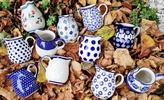




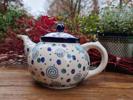


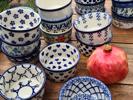

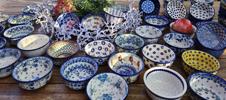
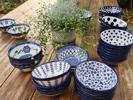













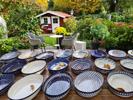








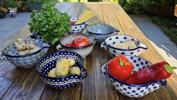












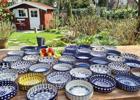


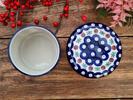









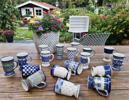
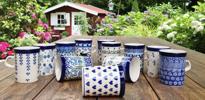









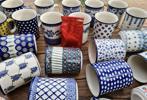

 Plenty Lions
Plenty Lions